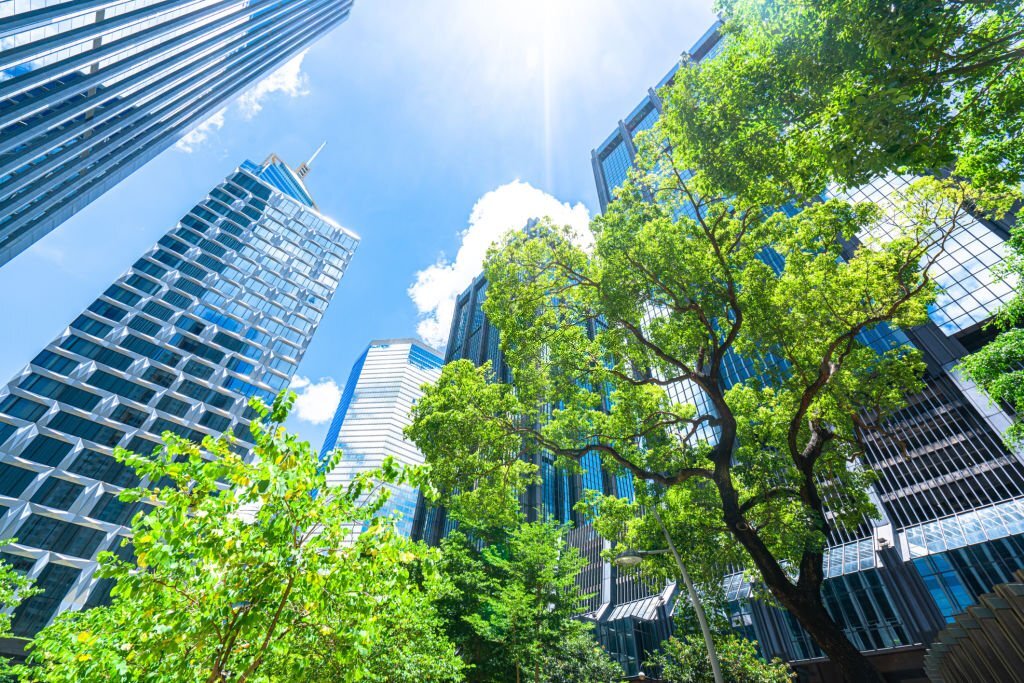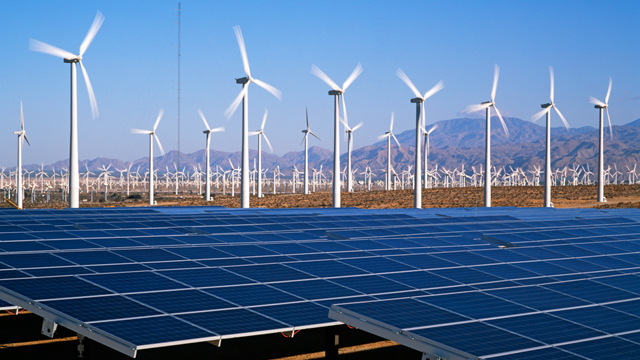
As the global community grapples with the pressing challenges of climate change, Singapore stands out with its proactive and comprehensive approach to sustainability. Central to this effort is the city-state’s 3Rs (Reduce, Remove, Replace) net zero strategy, aimed at achieving net zero emissions by 2050. This strategy, detailed in Singapore’s Net Zero by 2050 Roadmap, showcases the nation’s commitment to environmental stewardship and sustainable development. Let’s explore how Singapore’s 3Rs strategy is transforming its approach to sustainability.
Reduce: Cutting Down Emissions
The first pillar of Singapore’s strategy focuses on reducing greenhouse gas emissions across all sectors.
- Energy Efficiency and Renewable Energy
A major component of reduction is enhancing energy efficiency. Singapore is investing in energy-efficient technologies and practices, particularly in industries that are significant energy consumers. Buildings are being upgraded with smart energy management systems to optimize energy use.
Renewable energy, especially solar power, is another critical focus. Singapore is increasing its solar capacity, aiming for 2 gigawatt-peak by 2030, which would meet about 4% of the nation’s electricity needs. This shift not only reduces reliance on fossil fuels but also leverages Singapore’s tropical climate to harness clean energy.

- Sustainable Mobility
Transportation is undergoing a green overhaul, with plans to phase out internal combustion engine vehicles by 2040. The government is promoting electric vehicles (EVs) and developing a robust EV infrastructure, including widespread charging stations. Additionally, public transportation and cycling are being encouraged to reduce the carbon footprint associated with private car use.
Remove: Capturing and Storing Carbon
The second pillar involves removing carbon emissions that cannot be eliminated through reduction efforts.
- Carbon Capture, Utilization, and Storage (CCUS)
Singapore is investing in CCUS technologies to capture carbon emissions from industrial sources. These captured emissions can be stored underground or converted into useful products. This technology is still developing but holds significant promise for reducing industrial carbon footprints.
- Nature-Based Solutions
Enhancing natural carbon sinks such as mangroves and forests is another strategy for removing carbon. These ecosystems naturally absorb carbon dioxide, providing dual benefits of biodiversity conservation and climate mitigation. Singapore is actively restoring and expanding these green spaces to enhance their carbon sequestration capacity.
Replace: Transitioning to Sustainable Alternatives
The final pillar of the 3Rs strategy focuses on replacing high-emission technologies and practices with sustainable alternatives.
- Green Technologies and Innovations
Singapore is fostering innovation in green technologies. This includes developing low-carbon technologies and encouraging industries to adopt sustainable practices. For example, the construction sector is being guided to use sustainable materials and green building methods.
- Sustainable Energy Sources
Replacing fossil fuels with sustainable energy sources is crucial. Beyond solar power, Singapore is exploring other renewable energy options such as hydrogen. The government is also looking into regional power grids to import clean energy from neighboring countries, further diversifying its energy mix and reducing reliance on fossil fuels.
Conclusion
Singapore’s 3Rs (Reduce, Remove, Replace) net zero strategy is a forward-thinking blueprint for achieving net zero emissions by 2050. By focusing on reducing emissions, removing unavoidable carbon, and replacing high-emission practices with sustainable alternatives, Singapore is setting a high standard for environmental responsibility and sustainable development.
This holistic approach is underpinned by cutting-edge technology, robust policies, and active public engagement. As Singapore continues to innovate and lead by example, it not only moves closer to its net zero goals but also sets an inspiring precedent for other nations. With collective effort and unwavering commitment, the vision of a sustainable, net zero Singapore is not just an ambitious goal but an achievable reality.


